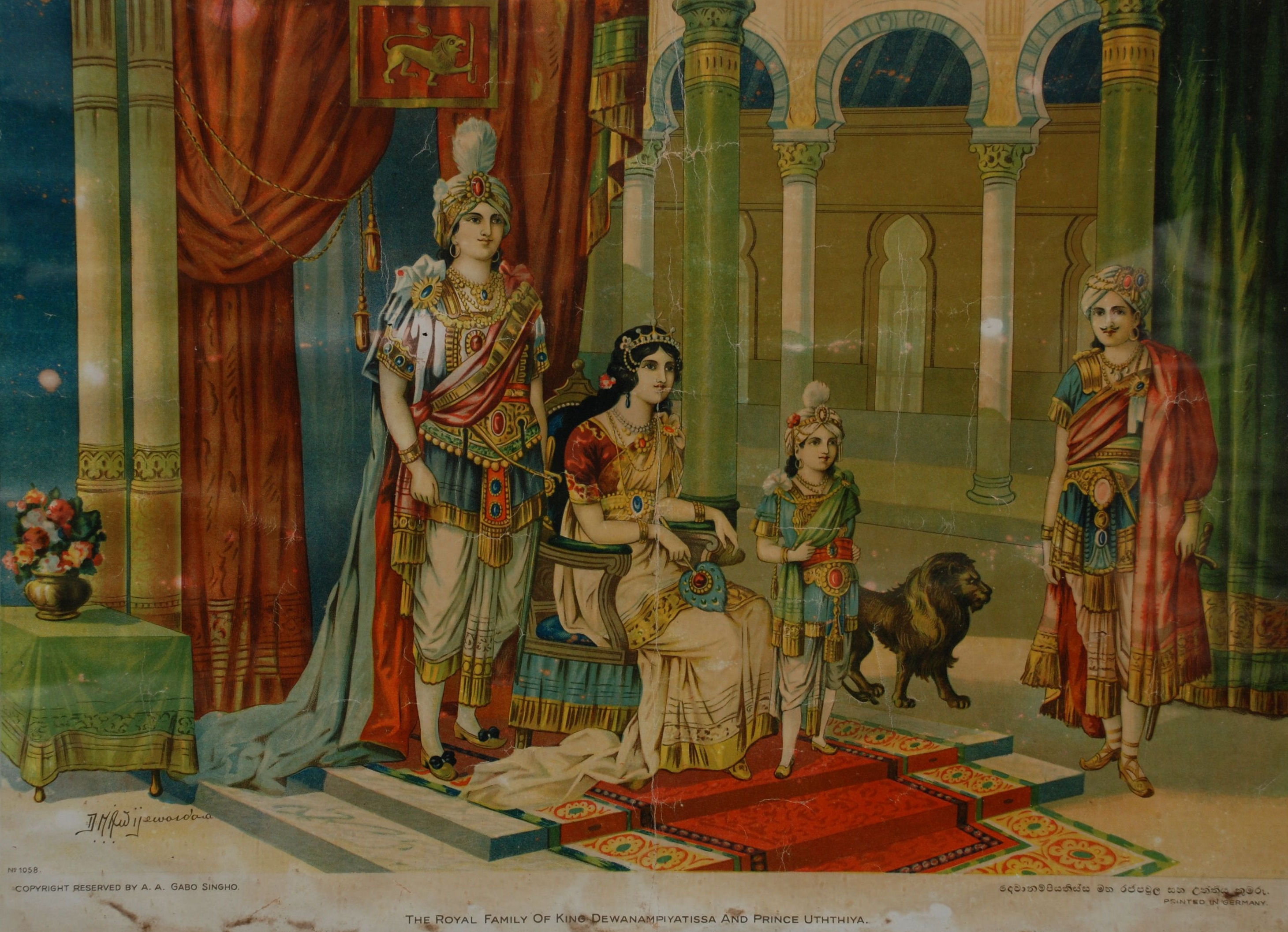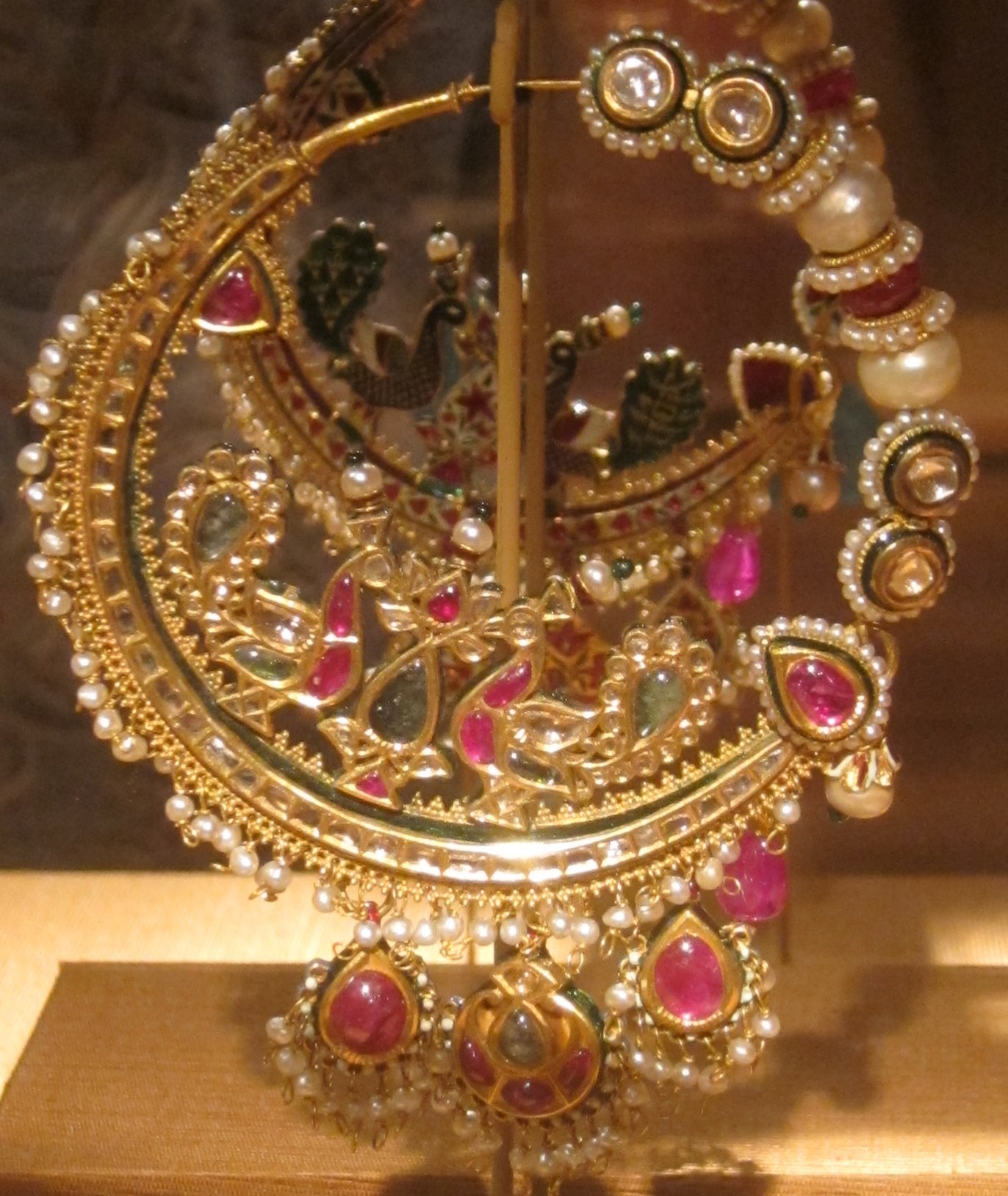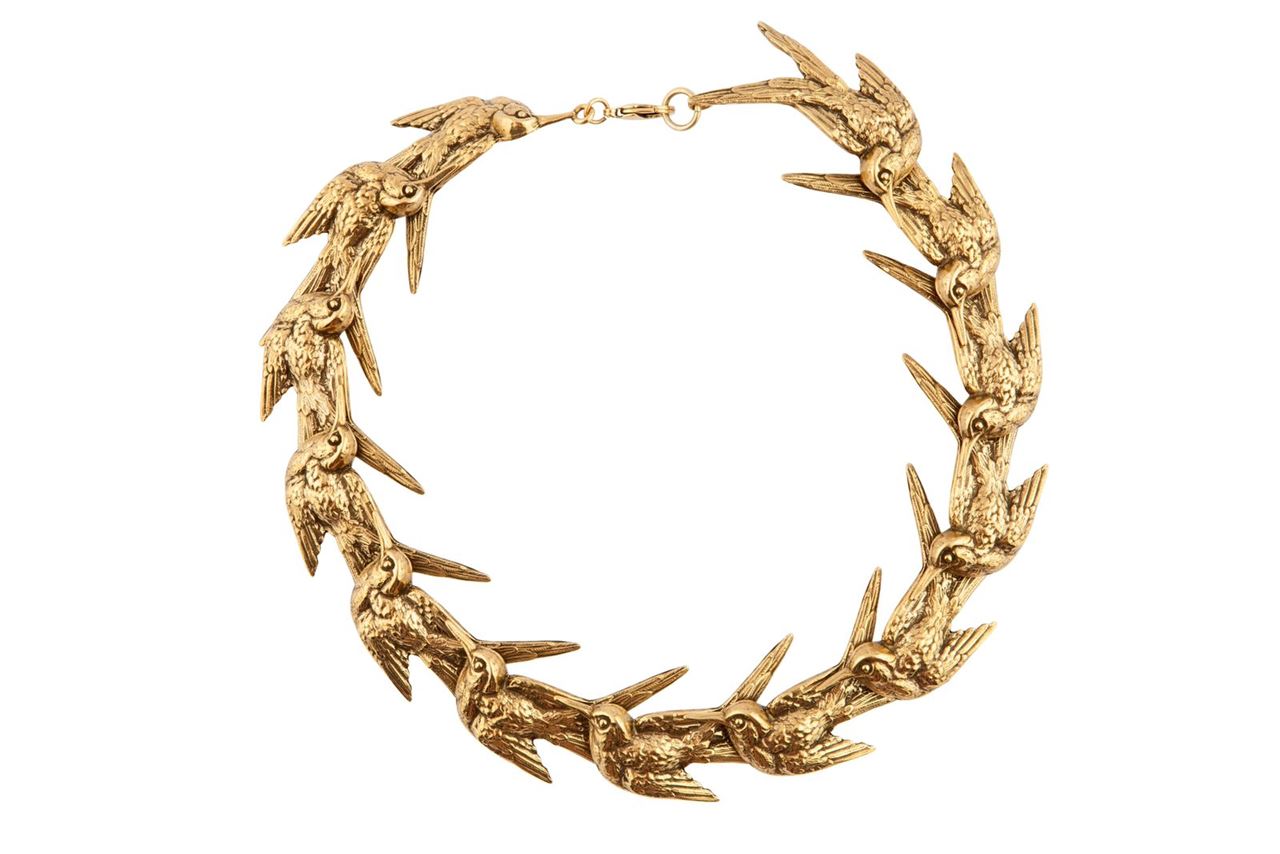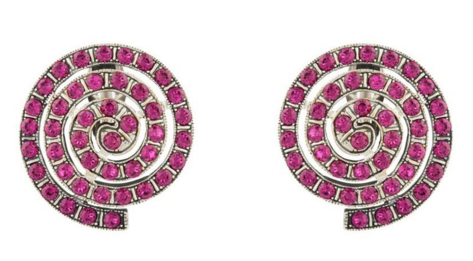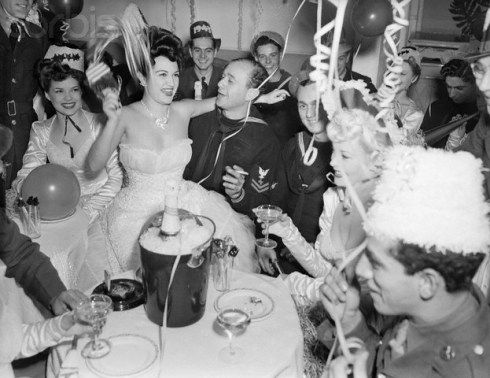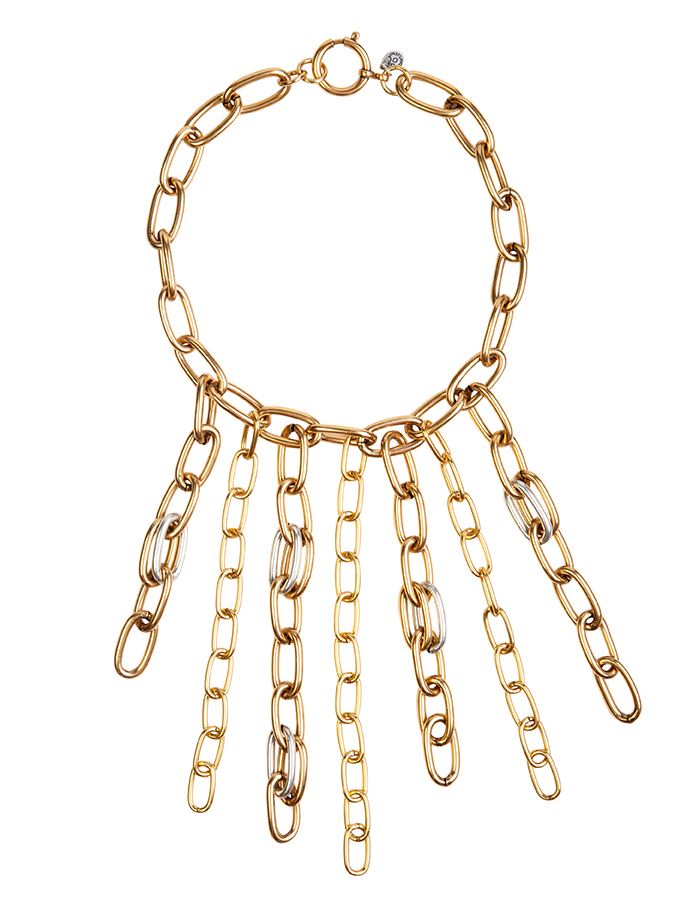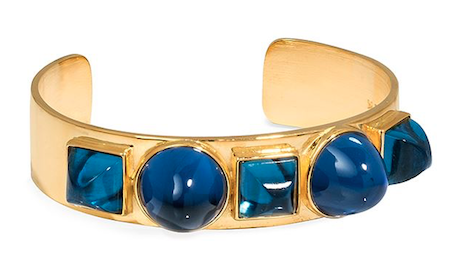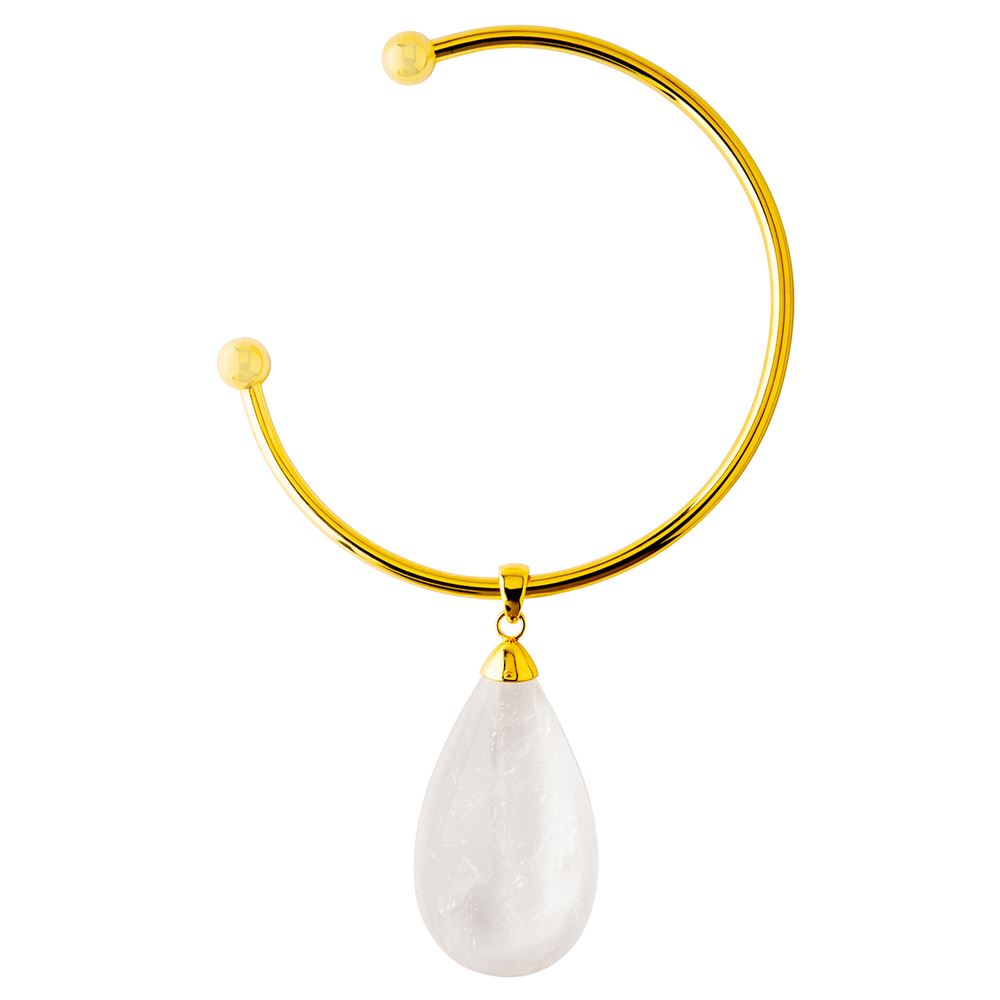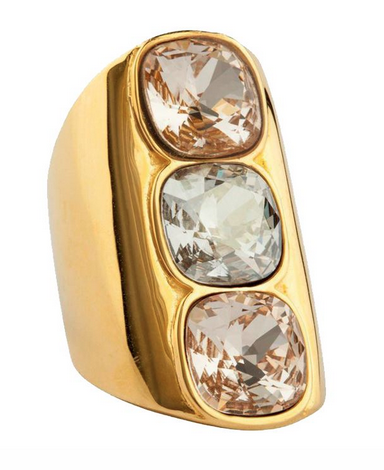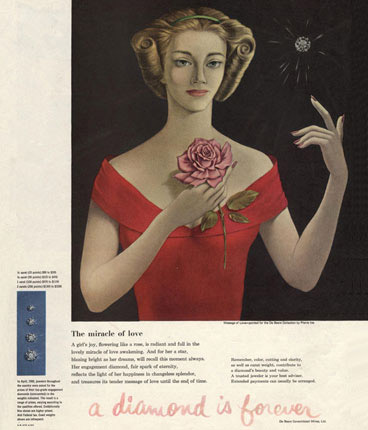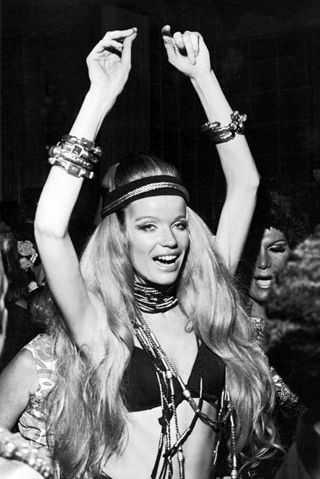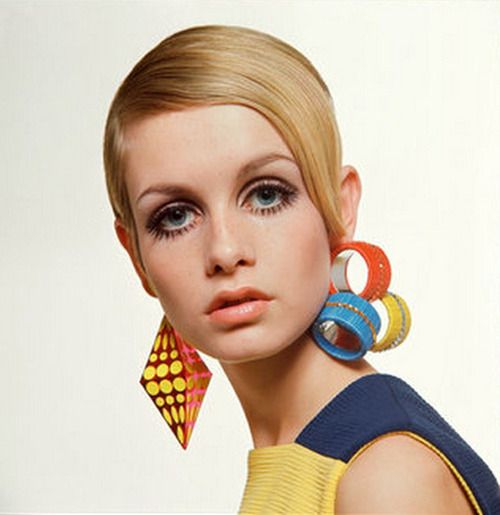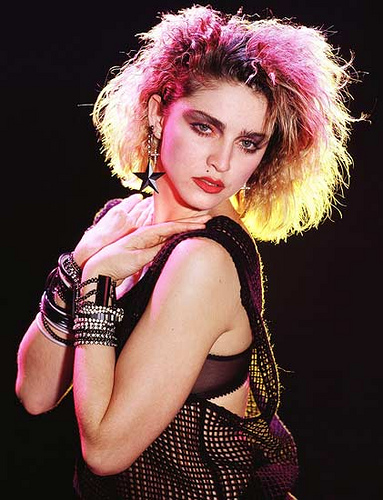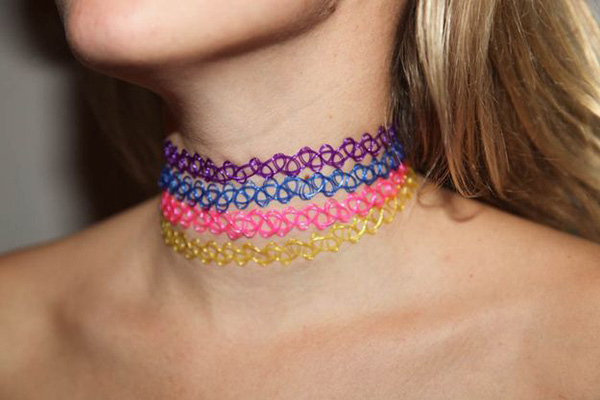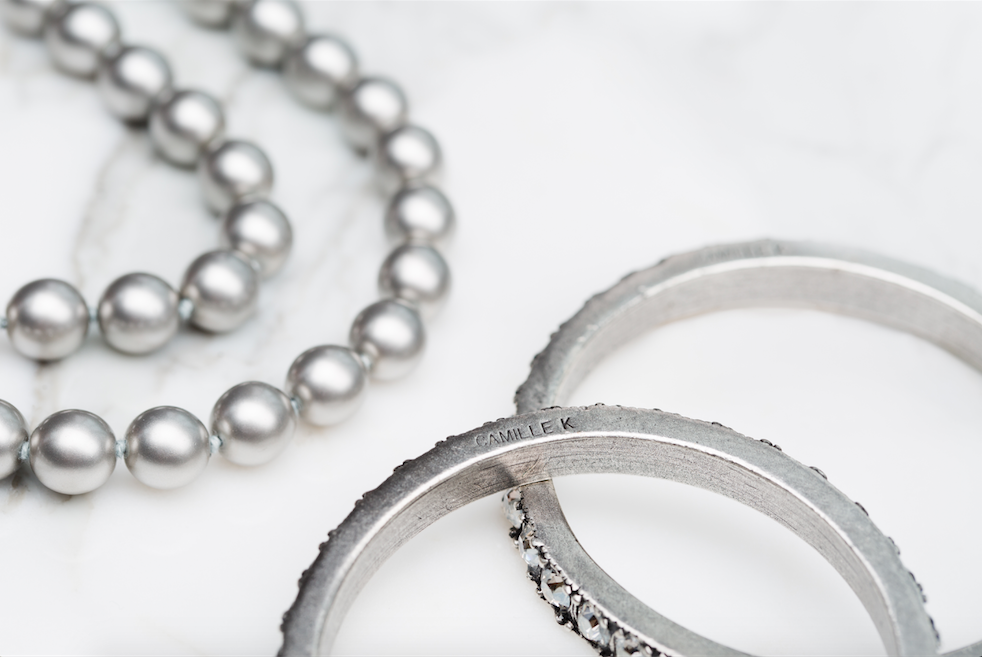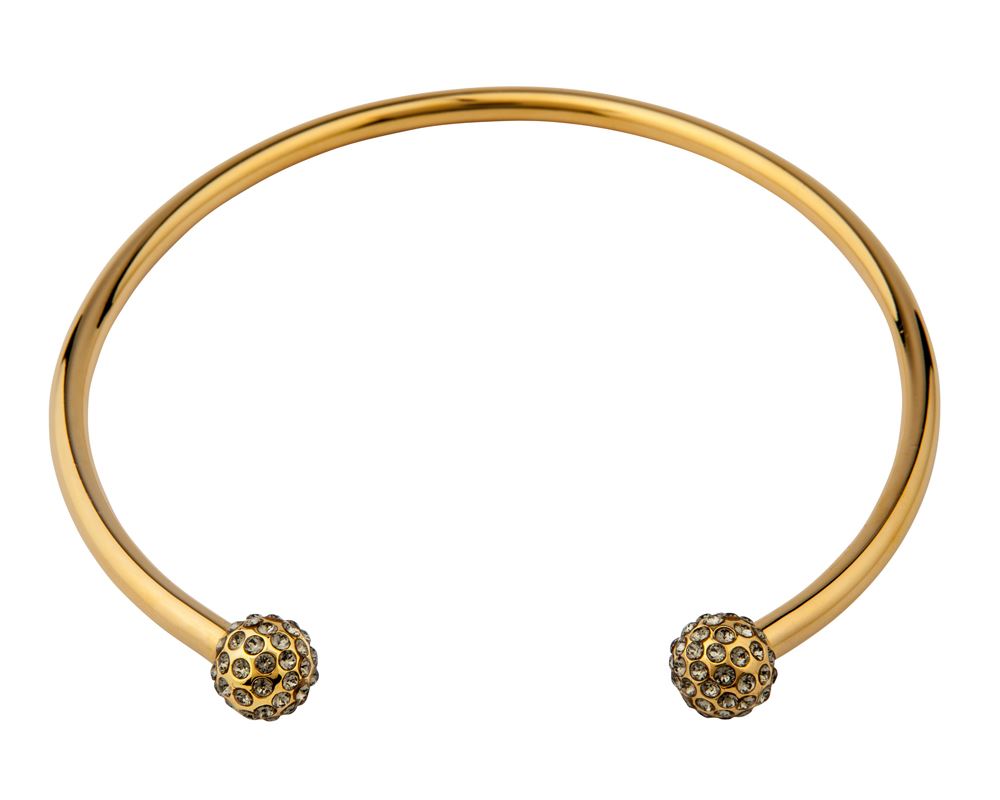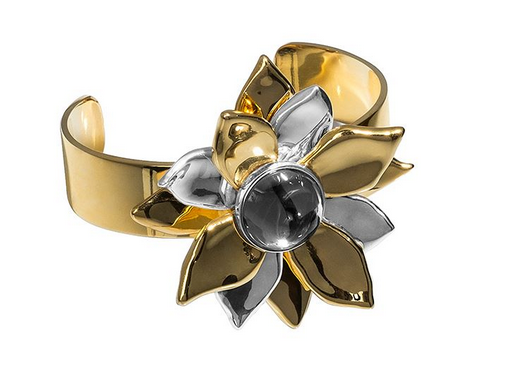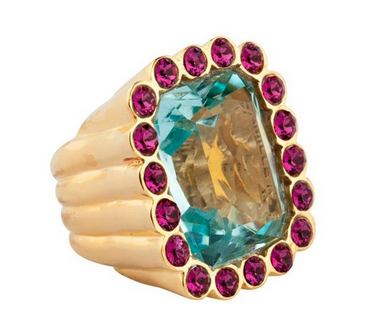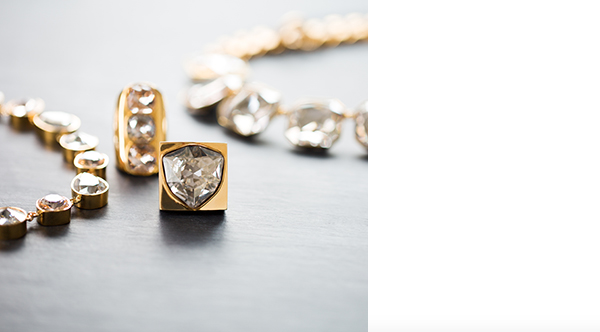Friday, October 30, 2015
Do you remember the first piece of jewelry you ever wore? Whether it was a friendship bracelet or a special locket from your family, you were probably a young child the first time you slipped something on. Jewelry has been a part of nearly every culture for centuries. And while trends have come and gone, jewelry itself has never gone out of style.
Jewels have always been a part of the human experience in some form or another. Remnants of jewelry made from shells, stone and bones from prehistoric times have been discovered as ancient people made adornments from whatever materials they could. As time went on and civilizations advanced, metals were tamed and gemstones were used to make early models of the contemporary pieces we wear today. The fact that jewelry is older than the fashion industry, and even older than language, proves it has a powerful and lasting purpose: self-expression.
What statement do you like to make with your jewelry? The history of jewelry and it's accessories worn in medieval Europe reflected an intensely hierarchical and status-conscious society. Royalty and the upper class were able to afford precious gems, while more humbler classes wore base metals like copper and pewter. Color was highly valued.
Some jewels held magical inscriptions believed to protect the wearer. In fact, India managed to develop such a connection to jewelry that it became an important part of people’s daily lives and religion. They were the first to conquer the art of gold gathering and processing, and they also developed the art of jewel making much earlier than anyone around them.
The Renaissance era shows how the history of ewelry saw advances in cutting techniques to increase the sparkle of stones. These jewels shared the age’s passion for splendor and the jewelry became more elaborate and colorful. Many large, spectacular pieces were worn as a display of political strength.
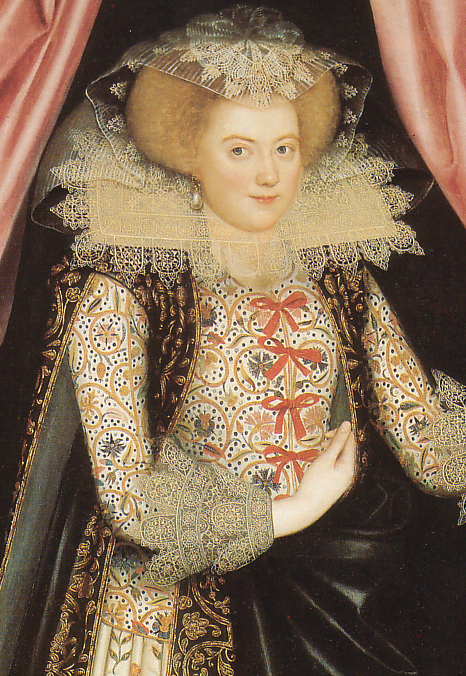
Since jewelry has existed for so many centuries, the concept of vintage jewelry has been around almost as long. The 19th century, for example, was a period of huge industrial and social change. But in jewelry design, the focus was often on the past. During this time, jewelry was often inspired by ancient Greece and Rome as goldsmiths attempted to revive ancient techniques. Clearly jewelry designs are recycled over time, just like we see with clothing styles.
The Art Nouveau style began around 1895, causing a dramatic shift in jewelry design. Art Nouveau reached a peak around 1900 when it became popular at the Paris International Exhibition. Though it was short-lived, this style paved the way for some of the modern pieces we see today, including some Camille K jewelry.
Art Nouveau jewelers like Rene Lalique distanced themselves from conventional precious stones and put greater emphasis on the subtle effects of materials like horn, enamel and glass. Its main focus was women and nature, and it was worn by only select members of society. And while similar jewelry was being made in other countries at this time, genuine Art Nouveau jewelry was decidedly French.
In the mid 1920s, the Art Nouveau movement gave way to Art Deco, which was popular throughout the 1930s. Art Deco also had strong roots in France and has been the inspirations for countless contemporary jewelry designs. Browse any Parisian flea market’s jewelry sections and you’re sure to find some Art Deco pieces. Some of Camille K’s fashion earrings for women and unique gold rings for women were Art Deco inspired.
These days, jewelry is worn for many reasons besides accessorizing outfits or advertising a marriage—and none of those reasons are new. Ancient jewelry was worn as a status symbol, and one look at the dazzling diamonds and flashy gemstones on the red carpet will tell you that’s still the case today. Some people wear jewelry as an expression of their religious faith or to remind them of a happy period in their life (or a struggle they’ve overcome). Some wear their friends’ handmade jewelry for support, and some choose to wear jewelry as a nonverbal way to express themselves. Your jewelry should always be an extension of your personal style.
For these reasons, it seems that jewelry is a timeless trend that is here to stay. None of us know what the future will look like in terms of fashion, technology or culture, but we can be fairly certain that jewelry will be a part of it. There’s no telling what it will look like, but it’s bound to be beautiful.
